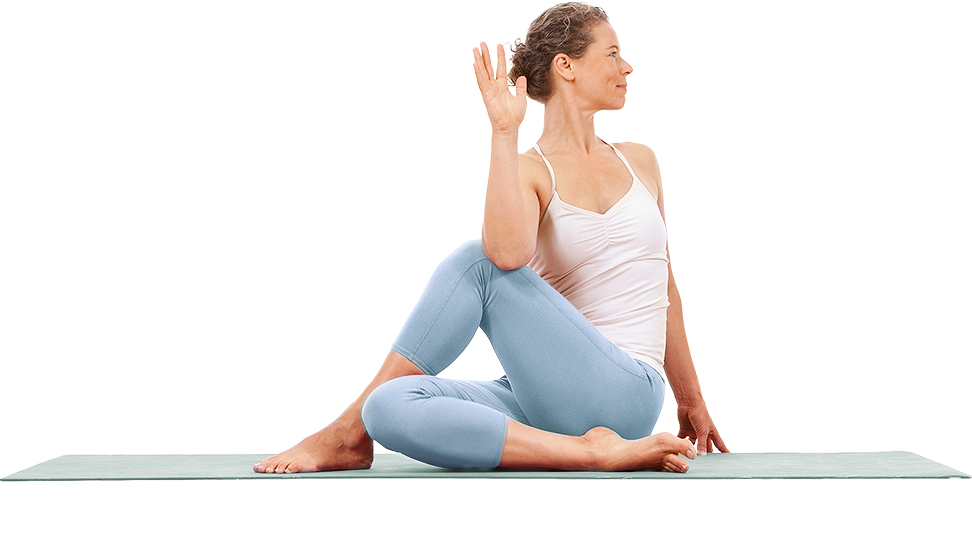From Kapalabhati into meditation
From Kapalabhati into meditation

This is a preview. Start your 2-week free trial or subscribe to enjoy full access to EkhartYoga.
When we do pranayama (breath work) we gain more control over the different energies in our body. Today's exercise has great health benefits - stimulating blood flow, developing strength of the diaphragm and supporting the ability of the lungs to take in oxygen. For this reason, Kapalabhati is an important breathing exercise when we do Hatha yoga. Kapalabhati also has benefits for the mind. When the breath slows down, the heart rate drops, enabling our minds to be steady and still.
It may take some time to get acquainted with this practice, so start gently. When done forcefully it can feel uncomfortable. Try to hold your breath in for a longer time after Kapalabathi, this is called Kumbhaka and balances oxygen and CO2 levels in the body after breathing in and out rhythmically. Don’t worry if you can only hold the breath in for a short time - it becomes easier with practice.
Kapalabhati is best done sitting upright and on an empty stomach. Stop the practice if you feel any discomfort, like pain or dizziness and don't do this exercise if you're on your period or if you have high blood pressure or vertigo, hernia etc. After the breathing practice, George leads you into a meditation.



